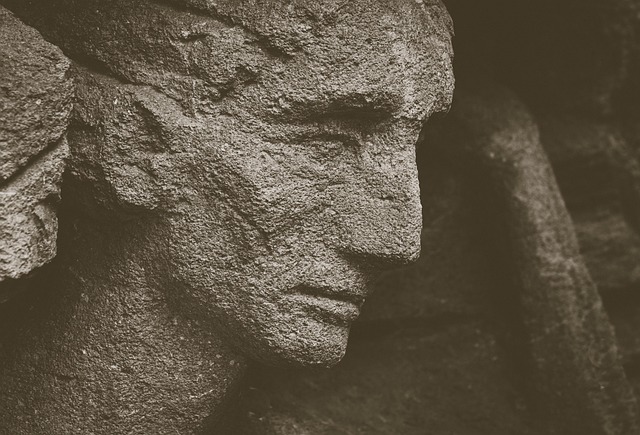Auto accident victims frequently experience sciatica due to lower back or buttock nerve irritation. Chiropractors offer a non-invasive, effective solution through specialized adjustments to reduce inflammation and decompress nerves, alleviating symptoms and restoring function. This gentle treatment, focusing on spine misalignments, provides long-lasting relief and improved overall spinal health, avoiding future sciatica episodes. Beyond rest and ice/heat therapy, combining chiropractic care with exercises, stretches, and massage therapy offers a comprehensive strategy for managing sciatic pain post-auto accident.
After a car crash, sciatica—a sharp, shooting pain radiating from your lower back through your leg—can leave you immobilized. Understanding sciatica’s causes and symptoms stemming from auto accidents is the first step towards relief. This article explores effective non-invasive treatments like chiropractic care, alongside additional management techniques to help alleviate post-accident sciatica. Discover how these methods can speed up your recovery journey without resorting to invasive procedures.
- Understanding Sciatica After an Auto Accident: Symptoms and Causes
- Chiropractic Care as a Non-Invasive Treatment Option
- Additional Relief Techniques for Post-Accident Sciatica Management
Understanding Sciatica After an Auto Accident: Symptoms and Causes

After an auto accident, experiencing pain in your lower back or legs can be a significant concern, with sciatica being a common issue. Sciatica refers to nerve irritation or compression in the lower back and buttock area, often causing a sharp, burning, or aching sensation that radiates down one leg. This condition arises from various factors following an accident, including disc herniation, muscle spasms, or inflammation around the sciatic nerve.
Auto Accident Chiropractic treatment for sciatica is a popular approach to managing these symptoms. Chiropractors focus on adjusting the spine and alleviating pressure on the affected nerves. This gentle manipulation can help reduce inflammation, restore nerve function, and provide much-needed relief from the debilitating effects of sciatica.
Chiropractic Care as a Non-Invasive Treatment Option

Chiropractic care is a popular and effective non-invasive treatment option for individuals experiencing sciatica after an auto accident. Chiropractors are trained to diagnose and address issues with the spine, including misalignments or subluxations that can put pressure on nerves, leading to sciatic pain. Through various techniques such as spinal manipulation, adjusting, and specific exercises, chiropractors aim to reduce nerve irritation and restore proper spinal function. This approach is particularly beneficial for those seeking a natural, drug-free way to manage their sciatica symptoms without the risks associated with surgical procedures.
Compared to invasive treatments or medications, auto accident chiropractic treatment for sciatica offers several advantages. It’s safe, non-painful, and tailored to each patient’s specific needs. Chiropractic care can also provide long-lasting relief by addressing the root cause of the pain rather than merely masking it. Additionally, regular sessions with a chiropractor can improve overall spinal health and flexibility, reducing the likelihood of future sciatica episodes.
Additional Relief Techniques for Post-Accident Sciatica Management

In addition to traditional rest and ice/heat therapy, several other techniques can aid in managing post-accident sciatica effectively. Auto accident chiropractic care is a commonly recommended approach, focusing on adjusting the spine to alleviate pressure on nerves, particularly in the lower back, which is a common area for sciatic pain. Chiropractors use specialized hands-on manipulation and may incorporate specific exercises or stretches to enhance healing and reduce inflammation.
Massage therapy is another valuable tool, targeting muscle tension and promoting blood flow to accelerate recovery. Targeted exercises, such as stretching and strengthening routines, can also be beneficial in the long term, improving flexibility and stability to prevent future sciatica episodes. Combining these diverse relief techniques often provides a comprehensive strategy for managing sciatic pain resulting from auto accidents effectively.
After an auto accident, experiencing sciatica can significantly impact your quality of life. Understanding the condition’s causes and symptoms is the first step towards effective management. Chiropractic care offers a non-invasive, safe, and often successful treatment option for sciatica stemming from automotive injuries. Additionally, combining this with other relief techniques can provide comprehensive post-accident sciatica management, helping you recover faster and live pain-free. For those seeking an auto accident chiropractic treatment for sciatica, these integrated approaches prove beneficial in navigating the road to recovery.













